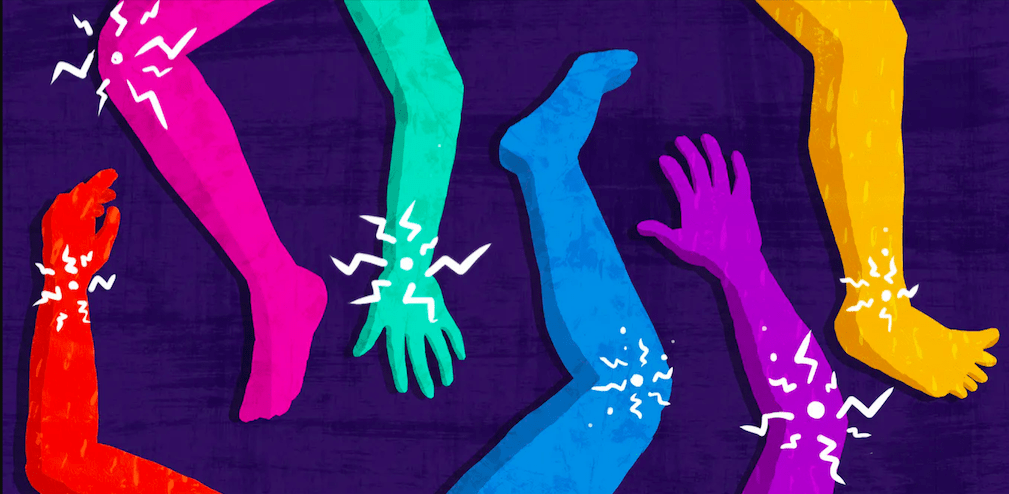- November 28, 2020
- Posted by: Daniel Ryan
- Categories: knee pain, Low Back Pain, Mental Health Awareness, Move Physiotherapy, Neck Pain, Pain in the Achilles Region, physio, Shoulder Pain

What Can Influence Pain?
Last week we discussed that pain is an alarm system initiated by the brain as part of a protective response to real or potential danger occurring to an area of the body. We considered the fact that pain can result in an adaptive/helpful response to injury, or it can result in a mal-adaptive/unhelpful response.
The unhelpful response may result in adopting new sub-optimal postures which can preferentially load joints in the legs, back or neck, and encourage certain muscles to tighten up. These effects of posture can add to or even begin to drive your pain experience. The suboptimal posture can then create a muscle imbalance which can result in a continuation and encouragement of the suboptimal posture, resulting in a cycle of tight and weak muscles.
The mal-adaptive response can also manifest in a psychological change, whereby the brain decides that certain movements are potentially harmful, eliciting a pain response.
For example, say you bent down at a funny angle to tie your shoes, and felt a sharp pain in your back elicited by your brain. In the early phase, bending tasks will likely be painful as the brain continues to protect your back. However, if this becomes a prolonged occurrence, where you begin to develop a fear of bending forwards as it has been painful in the past or because you believe bending can be dangerous, then your brain’s protective response becomes maladaptive. Now your brain becomes unhelpful, preventing you from bending down even in the absence of tissue damage.
As well as fear-avoidant behaviours as mentioned in the above example, there are other factors that can contribute to your pain experience and be interpreted by the brain as credible evidence of danger. These include:
-
-
- Stress or anxiety
- Poor sleep hygiene
- Work related stress or worry
- Fear of pain severity
- Previous exposure to pain experience
- Unhelpful beliefs regarding pain
-
You may be wondering how these psychosocial factors influence your pain.
The sensory information received by the brain regarding joints and muscles in your body Is only one part of the picture. Your thoughts, beliefs, memories, and current life situation, are also nerve impulses that are analyzed by the brain. These psychosocial factors can influence the sensitivity of your nervous system by making your brain more protective, influencing its responsiveness to all information including potential danger signals.
This means that a pain experience can be increased when you are more stressed due to fear of pain, difficulty performing work tasks due to pain, difficulty sleeping, financial stress due to inability to work, or any other life situations.
To put it simply, when your brain identifies that there is more credible evidence of danger than safety, it will elicit a pain response. This evidence can include physical information from your body, memories, beliefs, and life situations.
Watch this space for upcoming installments of the Understanding Pain Series, where we will continue to make sense of the complex experience of pain and discuss strategies to put in place to manage it!
Danelle Terry
Physiotherapist
